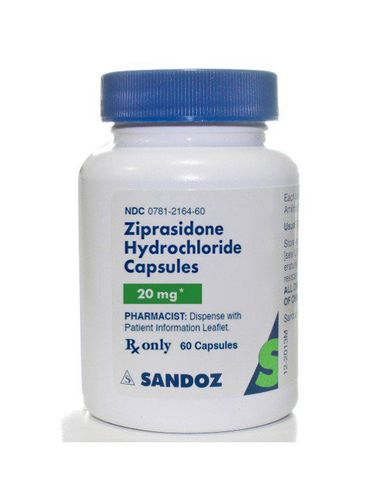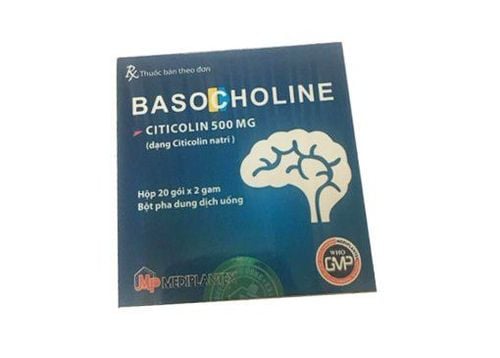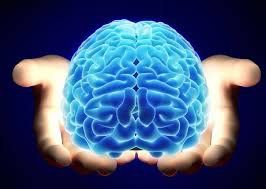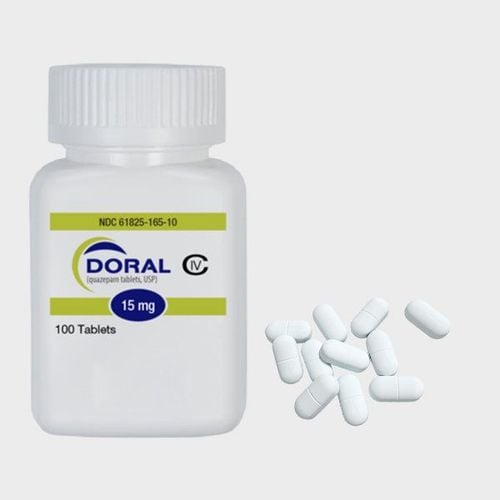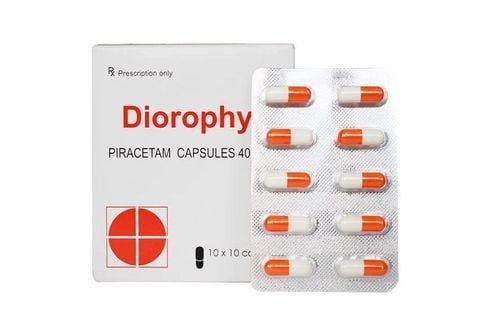This is an automatically translated article.
The frontal lobe of the brain is important for our consciousness, as well as functions that are uniquely human, such as language and speech. It is one of four paired lobes in the cerebral cortex, and it plays important roles in memory, attention, motivation, and many other everyday tasks. The frontal lobe, like the other lobes of the cerebral cortex, is made up of two paired lobes. Together, the frontal lobes make up two-thirds of the human brain. The article will clarify what the frontal lobe is and how it affects you.1. What is the frontal lobe? What is the function of the frontal lobe?
What is the frontal lobe?The frontal lobe is part of the cerebral cortex. Individually, the paired lobes are called the left and right prefrontal cortex.
As the name implies, the frontal lobe is located near the front of the head, below the frontal cranium, and near the forehead. This is the last region of the brain to develop and makes it a relatively new addition to the structure.
All mammals will have frontal lobes, although size and complexity vary between species. Most studies suggest that primates have larger frontal lobes than many other mammals.
The sides of the brain largely control activities on opposite sides of your body. The frontal lobe is no exception.
So the left frontal lobe affects the muscles on the right side of the body. In contrast, the right frontal lobe affects and controls the muscles on the left side of the body. This can determine how the body is affected by a traumatic brain injury.
The brain is a complex organ, with billions of cells and called neurons working together.
The frontal lobe is the largest of the four lobes and is located behind the nasal cavity, extending behind the ear. The lobes have many different parts that control functions in your body, including:
Body movements on the opposite side of your body Eye movements on the opposite side of your body Smooth movements that Motor Language The frontal lobes and other brain regions work together to control the entire brain activity. For example, memory formation depends on sensory input, which depends on many regions of the brain. Therefore, it is wrong to assign any one role of the brain to a single region.
Furthermore, the brain can "roll up" itself to compensate for the injury. This does not mean that the frontal lobe can recover from all trauma, but that other brain regions can change in response to trauma to the frontal lobe.
Function of the frontal lobe
The frontal lobe has important functions in future planning, including self-management and decision-making.
If the frontal lobe is damaged, you struggle with gathering, finding information, remembering past memories, and making decisions based on this input.
Here are some other functions the frontal lobe plays on a daily basis:
Speech and language production: Broca's area, an area in the frontal lobe, helps translate thoughts into speech. Damage to this area has the potential to impair the ability to speak, understand language, or produce meaningful speech. Certain motor skills: The frontal lobe contains the primary motor cortex, which helps coordinate voluntary movements, including walking and running. Comparing objects: The frontal lobe helps classify and categorize objects, and it also helps distinguish one object from another. Forming memories: Almost every brain region plays a role in memory, so the frontal lobe is not unique. However, research shows that it plays an important role in the formation of long-term memories. Understanding and reacting to other people's emotions, regulating emotions and moods: The frontal lobe is important for empathy. Personality formation: The complex interplay of impulse control, memory, and other tasks helps shape a person's key characteristics. Damage to your frontal lobe can completely change your personality. Reward-seeking behavior and motivation, pleasure, and happiness: Most of the brain's dopamine-sensitive neurons are located in the frontal lobes. Dopamine helps support feelings of reward and motivation. Attention management, including selective attention: When the frontal lobes are unable to properly manage attention, conditions, such as attention deficit hyperactivity disorder (ADHD) or disorder attention deficit (ADD), can develop. Control impulses, control social behaviors
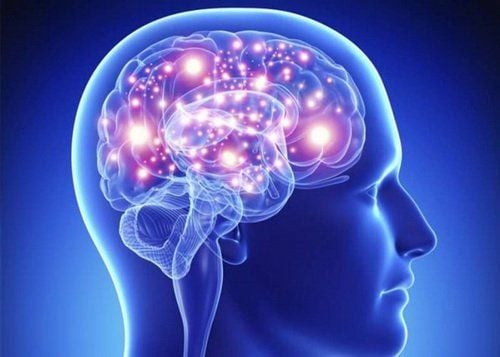
Thùy trán và các vùng não khác hoạt động cùng nhau giúp kiểm soát các hoạt động của não
2. Effects of frontal lobe damage
Your frontal lobe has one dominant side - left or right - that controls language and speech. This is different for each person, but most people store language and speech in the left side of their brain. You may store language and speech on the right side of your brain if you were left-handed or suffered an injury to the left side of your brain as a child.Language includes:
Semantics or meaning - understand differences in words that sound alike Develop new words - use a base word to create new words Grammar - create appropriate sentence structure Context social - use context-appropriate language, such as at home or school Speech includes:
Coupling - pronouncing words correctly Voice - using your vocal cords to adjust the sound and tone of your voice Fluency - uses appropriate rhythm and tone to convey a feeling The frontal lobe stores how you use language, and it also processes how you interpret language . You may have a language disorder if you have trouble understanding other people's speech or explaining your own ideas, thoughts, or feelings. You can get a language disorder if you try to use word sounds or rhythms of speech correctly.
There are three specific areas in the brain that control language and speech:
Broca's area - The part of the brain This is located in the left hemisphere of your brain. It generates speech and helps you with pronunciation. Wernicke's Area - This part of the brain is located in the upper temporal lobe and contributes to your understanding of language. This includes what you hear and what you read. Angle gyroscope - This part of the brain is located near the parietal lobe. It helps the sensory processing that contributes to language understanding when you associate it with mental images. Engine movements. The frontal lobe also helps control your voluntary muscle movements. Each side of the frontal lobe controls the opposite side of your body. Cortical neurons radiate to your brain stem and down your spinal cord, telling your body what movements to complete. This includes precise coordination of movements with precise location and time.

Thùy trán có một bên chi phối điều khiển ngôn ngữ và lời nói
Convulsions. Some seizure disorders are caused by damage to - or defects in - the frontal lobe of the brain. Seizures affect your mobility and speech. Your doctor will evaluate your seizures and determine which areas of your frontal lobe may be affected. Personality and social skills. Because the frontal lobe is large and at the front of your skull, it is vulnerable. Any damage can contribute to changes in your social behavior. Damage can affect spatial orientation and coordination of your facial muscles. One of the most infamous frontal lobe injuries happened to railroad worker Phineas Gage. Gage survived after a railroad spike pierced part of his frontal lobe. Although Gage survived, he lost an eye and most of his personality. Gage's personality changed dramatically, and mild-mannered workers struggled to carry out even simple plans. He becomes aggressive in speech and behavior and has little control over his impulses.
Much of what we know about the frontal lobe comes from case reports on Gage. Very little is known for sure about Gage's personality prior to his accident, and many stories about him may be exaggerated or untrue. This case demonstrates a larger point about the brain, which is that our understanding of it is constantly evolving. Therefore, it is not possible to accurately predict the outcome of any frontal lobe injury, and similar injuries can develop quite differently in each person. In general, however, frontal lobe damage from a blow to the head, head trauma, infections affecting the frontal lobes, frontal lobe tumors, stroke, growths, and disease (multiple sclerosis, neurodegenerative disease ), which can cause the following symptoms:
Voice problems, trouble with voice or language (aphasia) Changes in personality Poor coordination, planning or Poor organization Difficulty with impulse control Difficulty planning or sticking to a schedule Loss of mobility, either partial (paralysis) or complete (paralysis), on the opposite side of the body Difficulty performing tasks tasks that require a sequence of movements Persistence with a behavior and way of thinking or set of rules Difficulty with higher-order functions, such as reasoning, problem solving, and judgment Problems with maintaining attention or concentration Decreased motivation Lightheadedness Decreased ability to initiate activities or interactions Dramatic changes in personality or behavior, which may include worship agitation, irritability and inappropriate social behavior poor impulse control or lack of inhibition
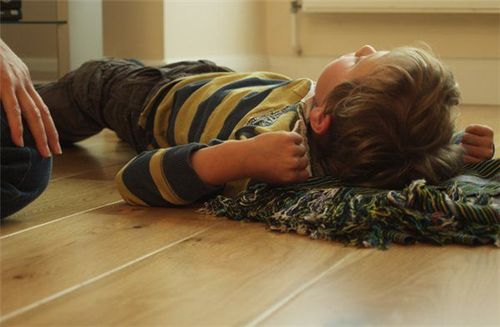
Một số rối loạn co giật có nguyên nhân do tổn thương hoặc dị tật trong thùy trán của não
3. Rehabilitation and treatment of frontal lobe damage
Depending on the cause of frontal lobe damage, doctors will have different treatment regimens. Your doctor may prescribe medication to treat an infection, surgery to remove a tumor, or medication to reduce your risk of stroke. Lifestyle modification remedy is also one of the useful activities. For example, frontal lobe damage after a stroke could mean switching to a healthier diet and getting more exercise to reduce the risk of future strokes.After the initial cause of the injury is addressed, treatment focuses on helping a person recover as much as possible.
Here are some potential treatments for frontal lobe damage
Physical therapy. It is one of the easiest ways to help you maintain or regain mobility, fitness, and flexibility. Occupational therapy. An occupational therapist can help you learn new strategies so you can more easily perform daily tasks and activities, like dressing, eating, or bathing. Career counseling. This type of counseling can help get you back to work and teach you how to deal with different needs in the workplace. Speech-Language Therapy: Improve communication or use of language-assisted devices. Cognitive therapy: This practice helps develop skills such as memory, judgment, and planning. Psychotherapy. This can help improve relationships, emotional responses, and coping skills. Surgery: In cases where trauma or brain tumors are causing damage this approach should be recommended. If you need to consult and visit Vinmec Hospitals of the national health system, please book an appointment on the website (vinmec.com) for service.
Please dial HOTLINE for more information or register for an appointment HERE. Download MyVinmec app to make appointments faster and to manage your bookings easily.
References: medicalnewstoday.com, webmd.com, healthline.com



